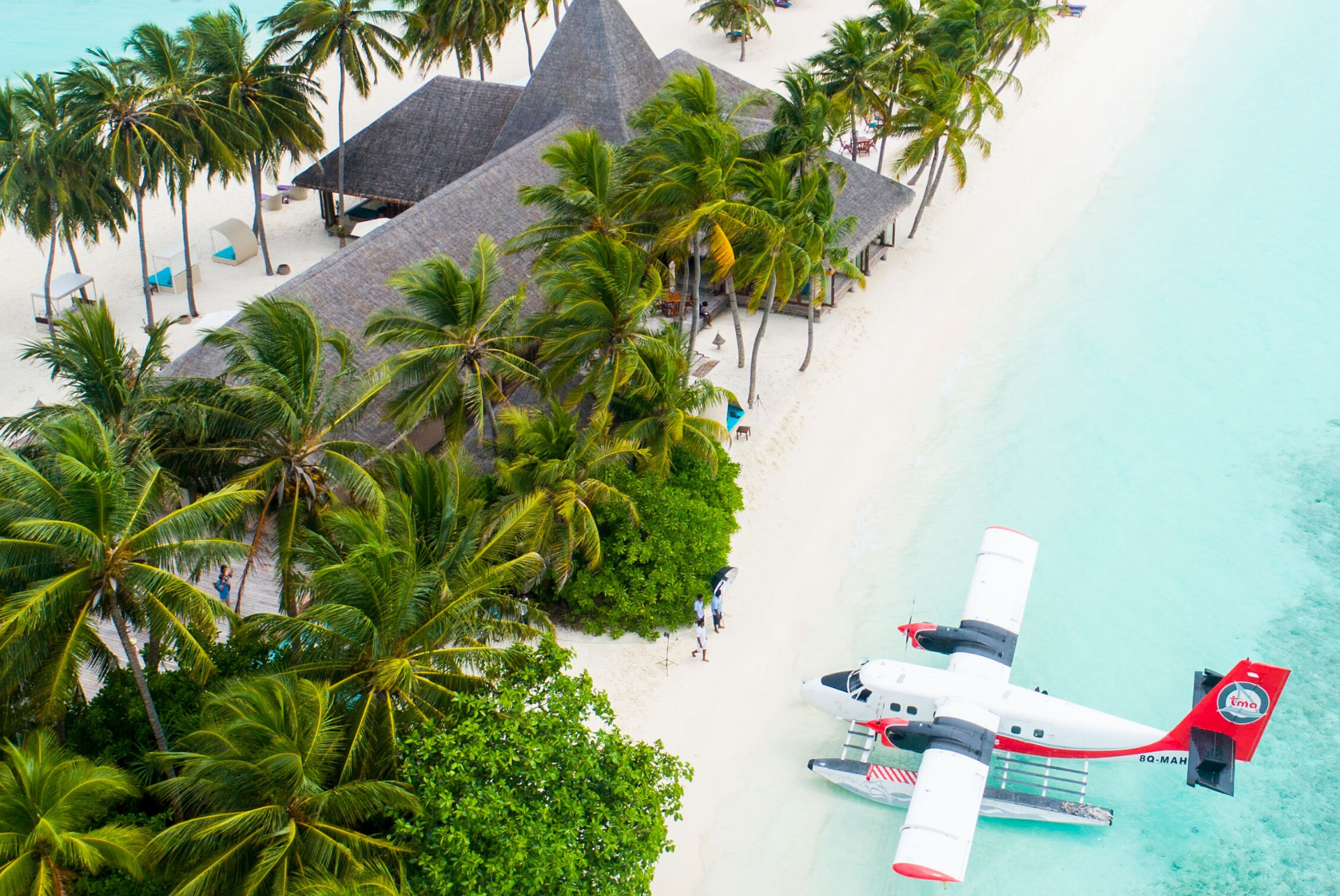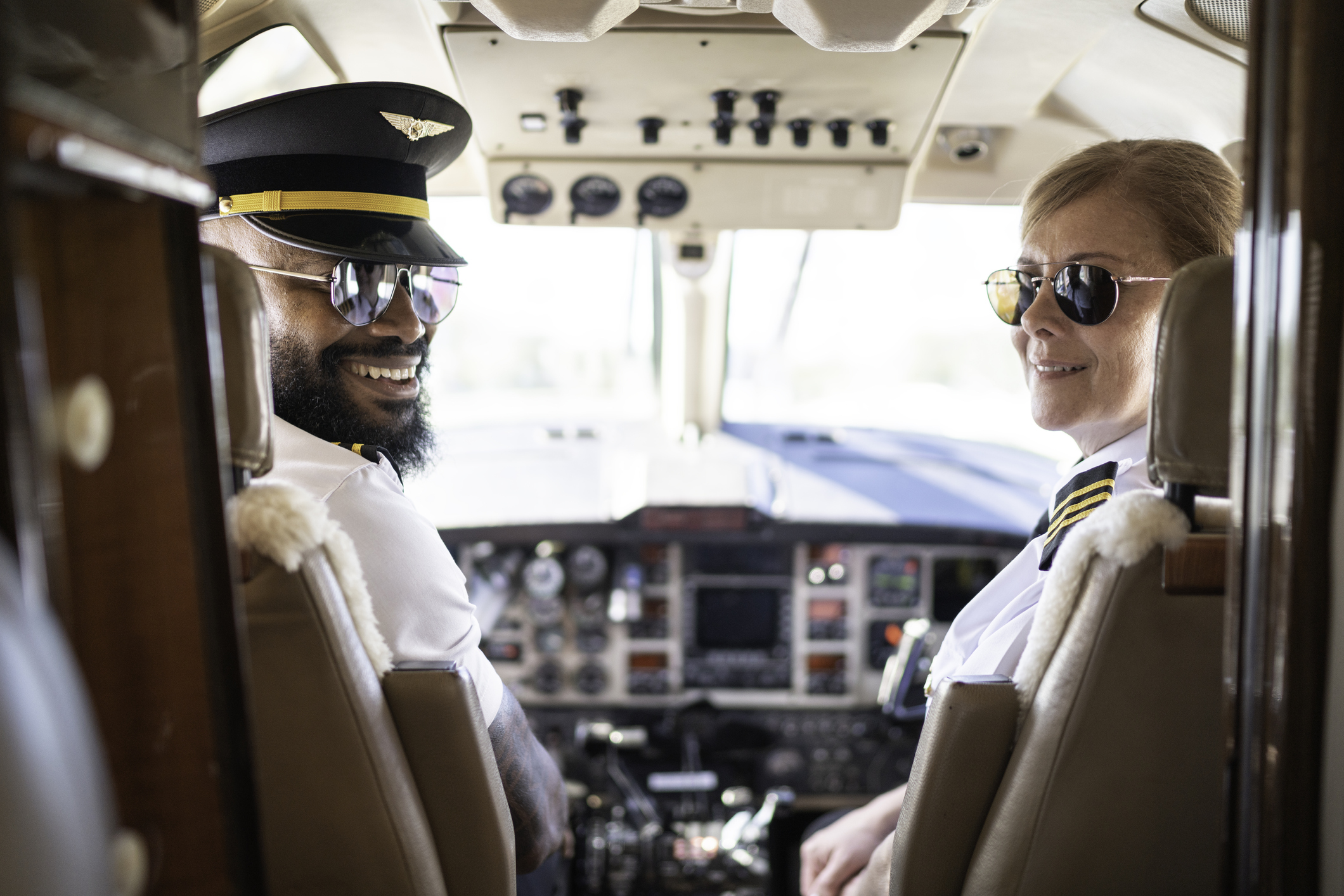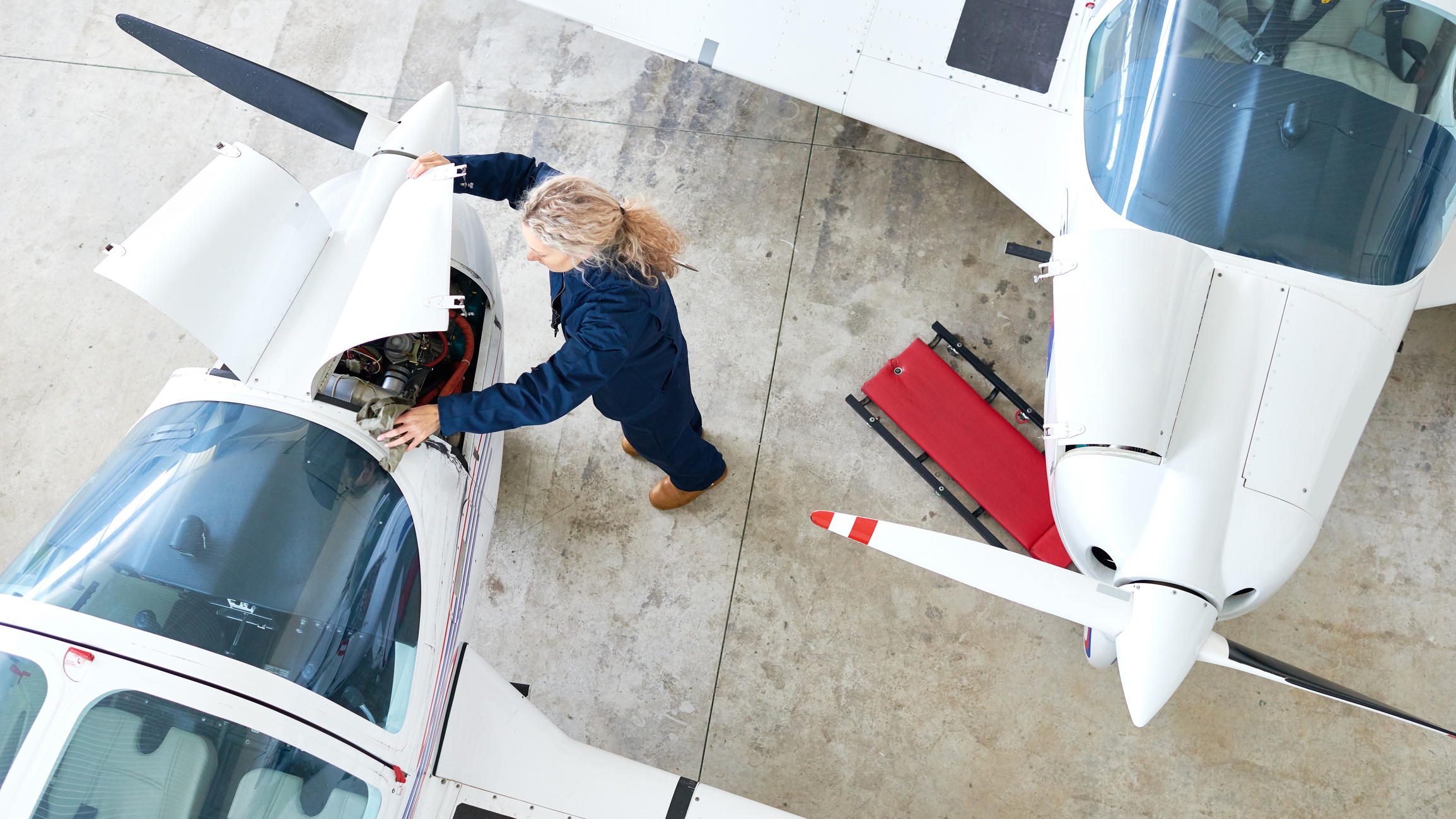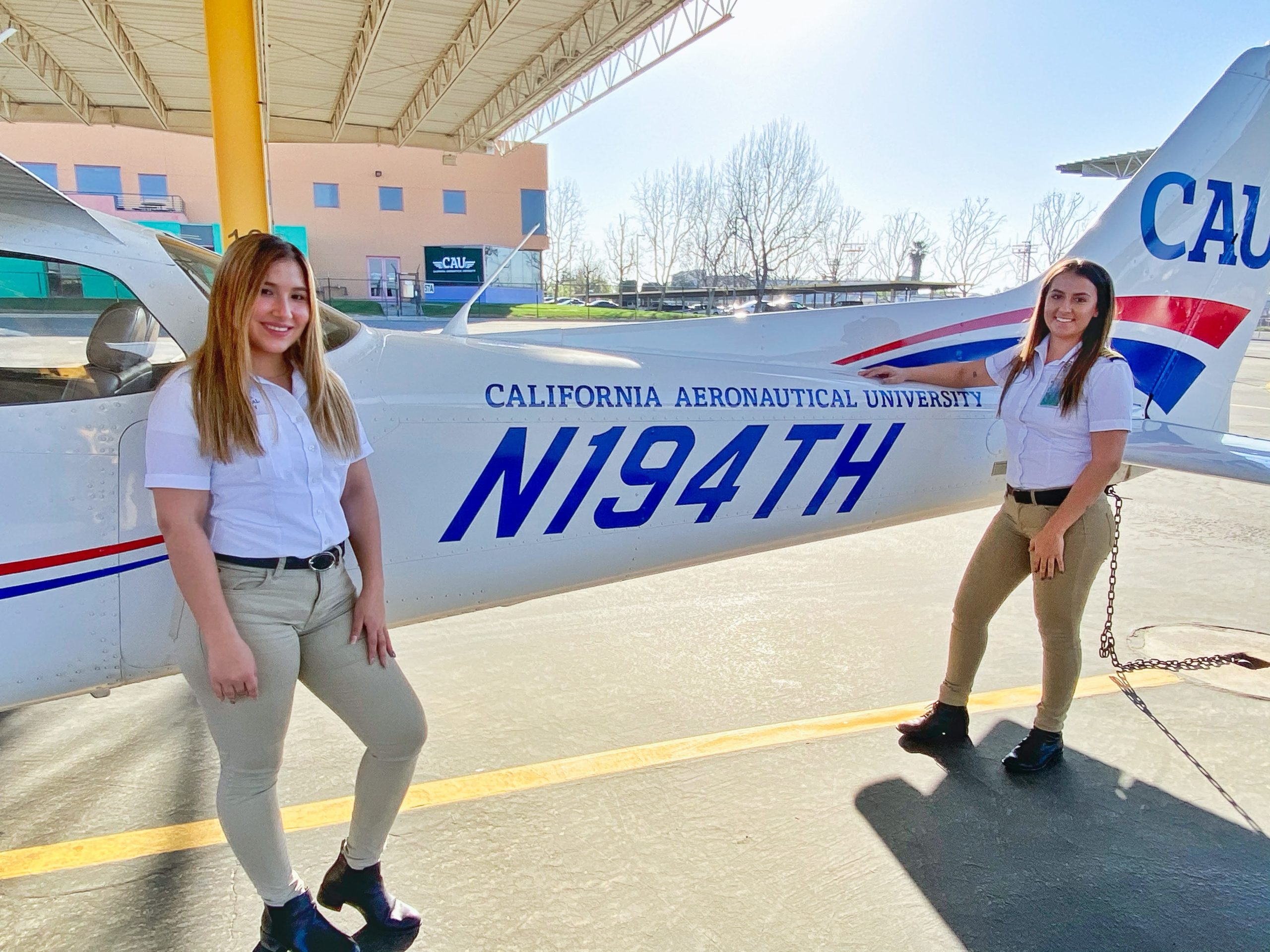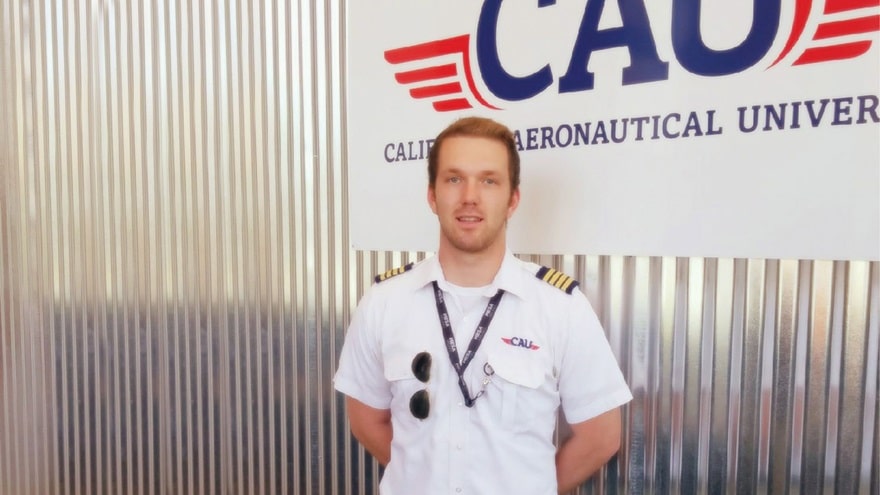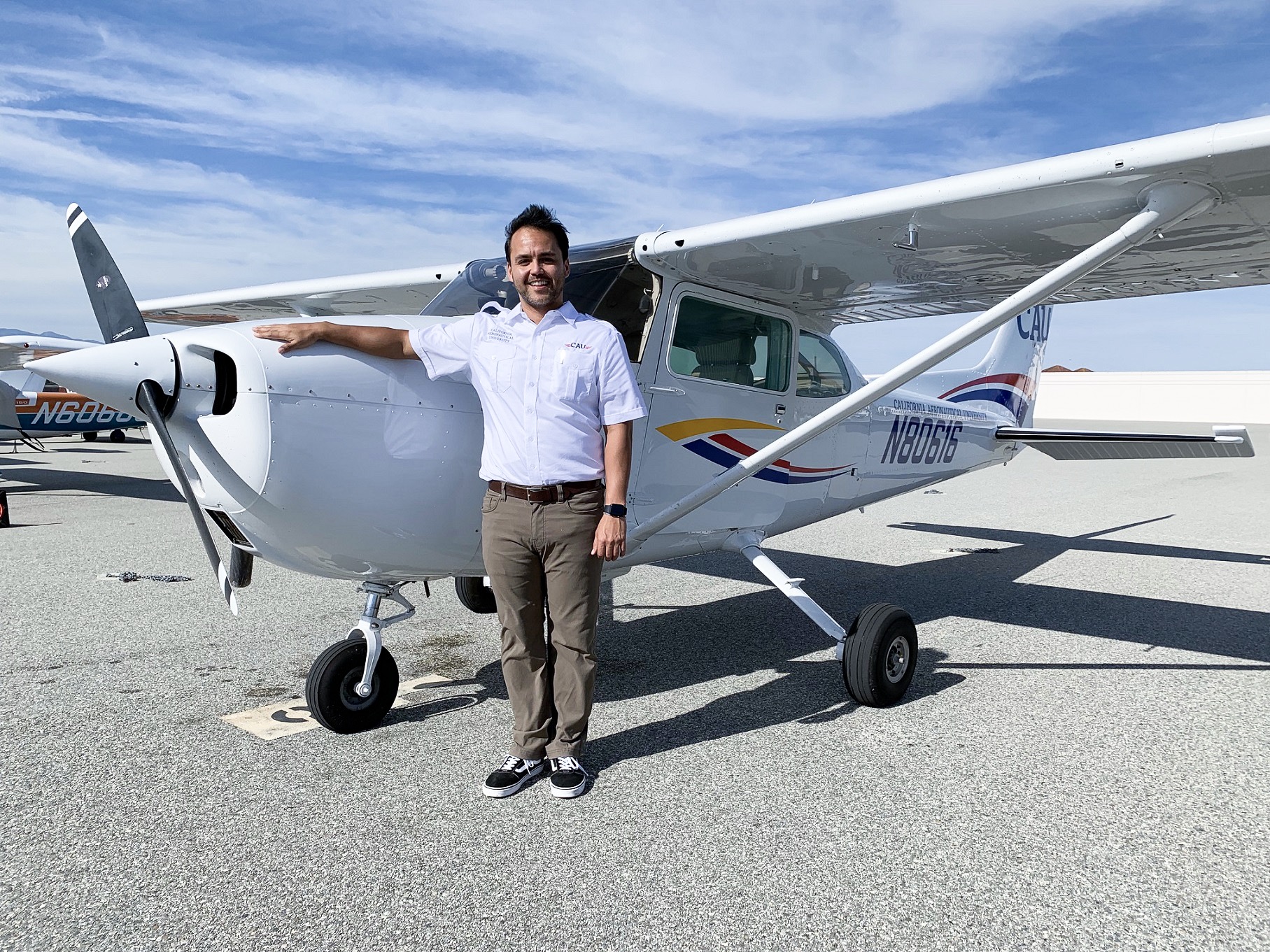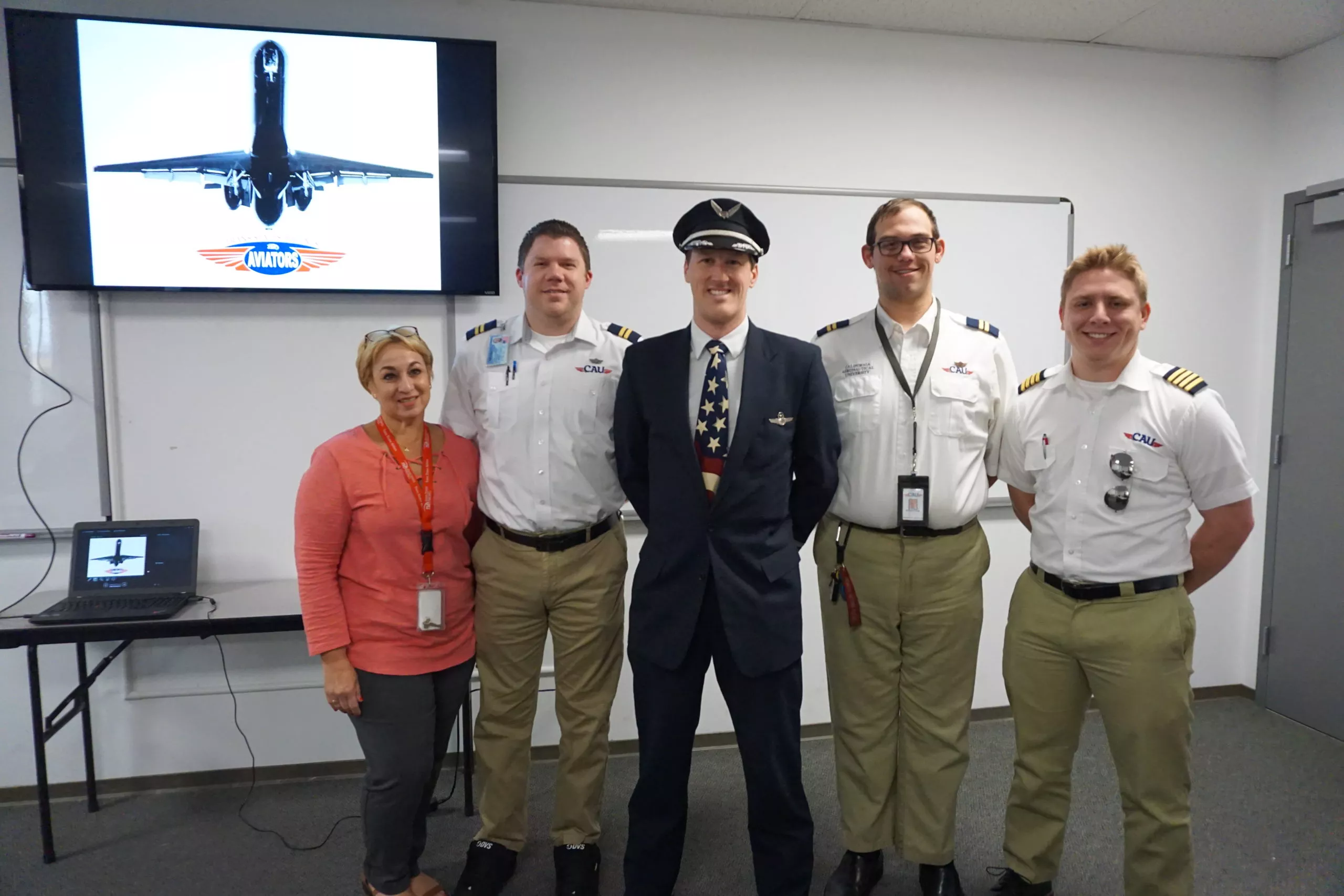After receiving standard pilot training, most pilots will find themselves moving to operating specialized aircraft.
One of the goals of initial pilot training is to teach the student how to assess and synthesize information efficiently. In order to earn their private certificate, student pilots must demonstrate that they can process streams of data, apply static book knowledge to real-time situations, and maintain situational awareness. These skills will not only serve the pilot well each time he or she enters the cockpit, they form the foundation of “learning how to learn” in aviation.
Most pilots fly more than one aircraft and go on to earn other endorsements and certificate. They express the decision making well enough to earn their private certificate and this signals they are prepared to apply these same learning skills to safely operating specialized aircraft.
Transitioning to Floatplanes
Floatplanes are equipped to land and take off on water. The term “seaplane” is not interchangeable with other aircraft equipped to operate on land. Seaplanes are fixed-wing aircraft and consist of two classes:
- Floatplanes
- Flying boats
Floatplanes feature floats, also called pontoons, which attach beneath the fuselage. They may have one or more float. The floats of single float seaplanes are located beneath the airplane’s fuselage. Two smaller floats on each wingtip provide stabilization. On twin float seaplanes, the floats are attached parallel to one another on the airplane’s fuselage.
In the United States, floatplanes were popular in the ‘20s and ‘30s and were deployed for military use until the end of World War II, when an increase in airports and the introduction of helicopters relegated them to civilian hobbyists. Most are now used for tourism, charter work, and remote areas that cannot support an airport.
Sometimes, floatplanes are adapted from conventional aircraft. This is possible because the airplane’s fuselage is never in contact with either fresh water or seawater. Not only does this reduce potential for corrosion, the fuselage does not have to be waterproofed. This reduces cost and potential weight. Since seaplanes have high wings to keep them out of the water, they can taxi next to buoys, docks, and other objects that might not be clearable in a conventional aircraft.
If a pilot is accustomed to flying an aircraft with the wings in a different position, this might take some getting used to. In addition, pilots must adjust for the increased drag and weight added by the floats. Floatplanes are not tremendously maneuverable or aerodynamic, and they tend to climb slowly during takeoff.
Transitioning to Flying Boats
Unlike seaplanes, flying boats do not require floats, but they may have them for additional stability. These specialized aircraft land directly on their hulls and do not have gear to allow landing or take off on grass strips or traditional runways. Flying boats are fully buoyant, and are therefore ideal for areas with small landmasses, marshy terrains, or water, not landing strips.
Like seaplanes, flying boats were highly popular before World War II, and have dropped dramatically in production and use since then. We can trace their heritage to the turn of the twentieth century and were used in early airshows.
Flying boats, however, are usually much larger than seaplanes. They are used in many rescue and first responder operations, for instance helping to extinguish forest fires or providing transportation for marine search and rescue missions. Some flying boats can even land on wet grass if necessary.
The jet age affected the popularity of flying boats, and most armed forces stopped using them by the 1950s. However, many hobbyists still enjoy flying them, and they have applications in delivering cargo in hard-to-reach areas.
Pilots who have already obtained their private certificates can add ratings in single engine or multiengine aircraft of this kind. The Federal Aviation Administration (FAA) requires specialized training in seaplanes and flying boats, but a separate written test to add seaplanes to an already existing certificate is not needed. Moreover, practical tests apply, but are not as intensive as for a private certificate.
Amphibious Specialized Aircraft
An amphibious specialized aircraft is a plane that can land on either land or water. Like seaplanes, they are fixed-wing and powered. Amphibious aircraft have retractable landing gear. However, an amphibious airplane usually has shorter range than a seaplane, as the landing gear adds weight. Some amphibious airplanes feature floats like seaplanes, but landing gear can be placed within them.
Due to their complexity and versatility, amphibious aircraft are less aerodynamic and more expensive than either conventional aircraft or seaplanes. They are inefficient, but popular in remote areas and as charters for tourist experiences. Amphibious aircraft were mostly popular in the 1930’s and used extensively in World War II. However, their high costs mean that today they mostly exist as homebuilts.
Ski Planes
Ski planes are used on water or ice. For this reason, they are popular in the “bush” territories of Alaska and Canada, and are used to land on glaciers or areas that are otherwise unreachable in the winter months.
Because of their rarity, ski planes are generally regarded as the wild outer edge of American aviation. In fact, the FAA requires no specific training to fly a ski plane. While this might make flying one seem attractive, the difficult dynamics of landing on ice means that new pilots should not attempt flying one alone. Pilots who wish to fly one might struggle to find a decent instructor to guide them.
Ski planes are mostly outfitted with skis on an aircraft-to-aircraft basis and modified they way owners and pilots see fit. Today, they can be seen in the North, where traditional flying is often shut down for months at a time during the winter. Because ski planes are flown in areas with high winds, working with them takes some practice.
Much of flying a floatplane or amphibious specialized aircraft is applicable to flying a ski plane. However, pilots must be aware of snow conditions and ice thickness at all times.
Ready to soar in your aviation career?
Mr. Matthew A. Johnston has over 23 years of experience serving various roles in education and is currently serving as the President of California Aeronautical University. He maintains memberships and is a supporting participant with several aviation promoting and advocacy associations including University Aviation Association (UAA), Regional Airline Association (RAA), AOPA, NBAA, and EAA with the Young Eagles program. He is proud of his collaboration with airlines, aviation businesses and individual aviation professionals who are working with him to develop California Aeronautical University as a leader in educating aviation professionals.
